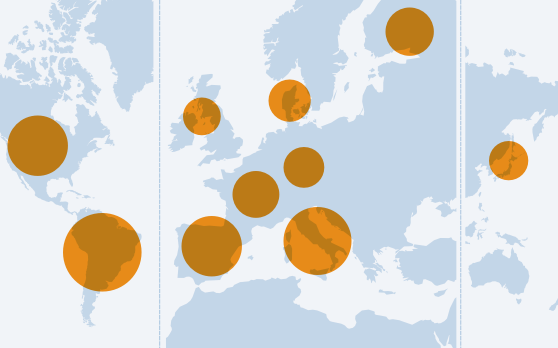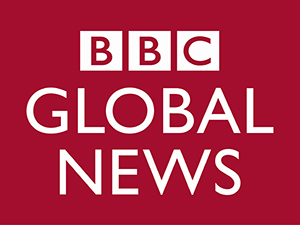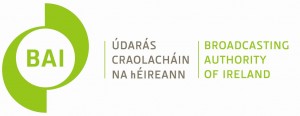Overview
This year's report reveals new insights about digital news consumption based on a YouGov survey of over 50,000 online news consumers in 26 countries including the US and UK.
The report suggests that publishers across the world are facing unprecedented levels of disruption to business models and formats from a combination of the rise of social platforms, the move to mobile and growing consumer rejection of online advertising.
Key findings
In Video
Social media
Half of our sample (51%) say they use social media as a source of news each week. Around one in ten (12%) say it is their main source. Facebook is by far the most important network for news.
More than a quarter of 18–24s say social media (28%) are their main source of news – more than television (24%) for the first time.
Read more on how people discover news onlineAd blocking
Business problems for many publishers have worsened with the rise of ad-blocking, which is running at between 10% (Japan) and 38% (Poland) but higher amongst under-35s and people who use news the most.
Only around 8% of smartphone users currently use an ad-blocker but around a third of respondents say they plan to install one on their mobile in the next year.
Read more on ad blocking in overview sectionPaying for news
Most consumers are still reluctant to pay for general news online, particularly in the highly competitive English-speaking world (9% average), but in some smaller countries, protected by language, people are twice as likely to pay.
Average payments tend to be highest in the UK, the US, Australia, and in the Nordic countries – where ongoing subscriptions are common.
Read more on paying for newsTrust in the news
Trust in news is highest in Finland (65%) and lowest in Greece (20%). Almost everywhere, editors and journalists are trusted less than news organisations.
We find strong concerns that personalised news and more algorithmic selection of news will mean missing out on important information or challenging viewpoints.
Read more on trustInteractive
 Explore the data behind the report
Explore the data behind the report
Explore the 2016 data and build your own charts. Compare dimensions and data types between or within countries,
About us
The Reuters Institute Digital News Report aims to deliver useful and timely data about the transition to digital. Read more about our annual survey ...
Resources
You can view or download a Powerpoint presentation of all of the charts and tables in the 2016 report.
 Explore the data behind the report
Explore the data behind the report











Comment & analysis
The Future for News Brands in an Increasingly Distributed and Fragmented World
The rise of connected devices has fuelled increased access to the news via distributed environments, such as aggregators and social media. And yet, as…
Mark Thompson, CEO of the New York Times warns that ‘winter really is coming’ for many of the world’s news publishers.
Why Trust Matters
People Want Personalised Recommendations (Even as They Worry about the Consequences)
The Topography of Trust: Views from UK News Consumers
The Public and News about the Environment